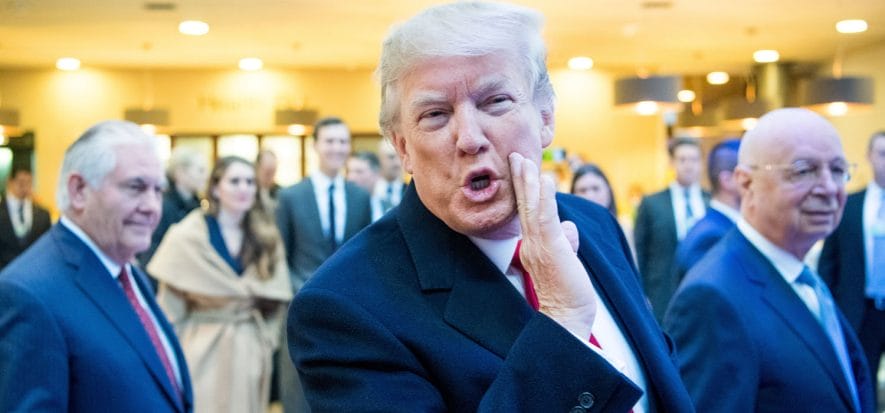Unexpected twists in the trade war between China and the USA. US president Donald Trump (in picture) and its Chinese counterpart, Xi Jinping, send threats of duties back and forth, along with new quotas and new deadlines, but also say they are ready to shake hands and clear the situation. It is challenging to stay updated with the latest changes in direction and back-and-forths of the two presidents. The two leaders say they are ready for peace, but the trade war has taken its tolls on the stock market.
The situation
On August 13th 2019, Mr. Trump announced that a new additional 10% duty (beginning September 1st) would be imposed on 300 billion USD worth of merchandize arriving from China. A few days ago, Beijing’s government announced it was imposing tariffs between 5% and 10% on 5.078 products made-in-USA, for a value of 75 billion USD. One of the segments most hit is the automotive one, as the duties will be imposed starting on December 15th, after the suspension that was declared this past April 1st to favor dialogue. To answer that, Mr. Trump announced via Twitter that starting on October 1st, the current 25% present on 250 billion USD worth of goods will be upped to 30%. The remaining 300 billion USD worth of goods coming from China will have duties of 15%, rather than 10%, starting on September 1st, as supposed to be until now. The same US president had stated, on August 13th, that the application of another 15% duty on articles such as footwear and clothing (along with cell phones, laptops, toys and more) would be postponed to December 15th.
FDRA’s comment
News of the postponement was welcomed by Matt Priest, president and CEO of FDRA, the association of footwear distributors and retailers in the USA, who commented: “The announcement is proof of the fact that tariffs end up being paid by the citizens. It’s not by accident that the White House has decided to exclude some footwear from the duties, in hope that prices to consumers won’t increase during the holidays (Christmas)”. It took much perseverance on our end for the current government to understand the needs of US fashion: “The words spoken by our sector left a clear impression of how duties on imported footwear are already fairly high – continues Mr. Priest -, up to 67.5%, and any additional tariff would only increase the costs for end consumers and reduce the number of jobs in the footwear segment. We are pleased with the decision to delay the imposition of new tariffs, but we aren’t fully satisfied. We will continue to fight to exclude any additional tariffs and delay them until the entire duty-threat hasn’t been taken off the shoulders of American families”.
The trap is behind the corner
Footwear news writes that according to the American Apparel and Footwear Association (AAFA), 77% of all Chinese imports of shoes, clothes and textile goods for the house, will be taxed starting in September, and that only the remaining 23% will be considered in December, during the Christmas shopping period. “This is neither a victory nor a reduction”, stated Rick Helfenbein, president and CEO of AAFA.











